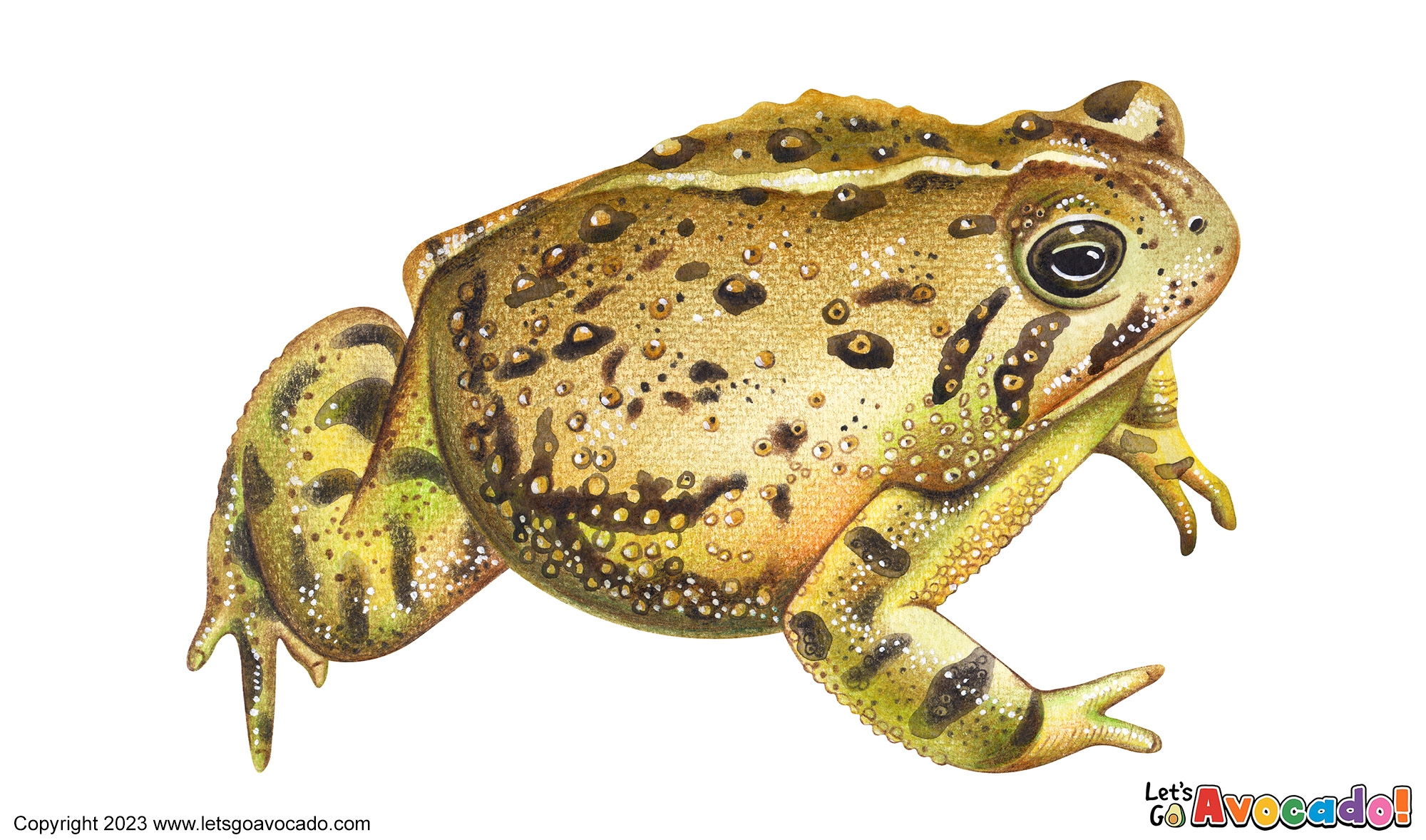

American Toad
Eastern Toad, Common Toad
Anaxyrus americanus
This page may contain affiliate links.
Read our disclosure and privacy policy here.
The American toad, scientifically known as Anaxyrus americanus, is a fascinating amphibian that can be found across much of North America. It is a medium-sized toad with a stout body and a bumpy, warty skin. One interesting feature of the American toad is its ability to change color, depending on its surroundings and temperature. It can range from light brown to dark green or gray, helping it blend in and stay hidden from predators.
American Toad
Common Name
Other Names
Latin Name
Distribution
Appearance
Size
Habitat
Behavior
Diet
Lifecycle
Vocalization
Defense Mechanisms
Ecological Importance
ConservationThe act of protecting and preserving natural resources and the environment. Conservation efforts are important to protect beavers and their habitats. Learn More Status

There’s a lot to explore right where we are, in our own neighborhoods and backyards! Join us while we get off the couch and explore the everyday wonders of nature, science, space, engineering, art, and anything else we stumble upon during on our adventures.







